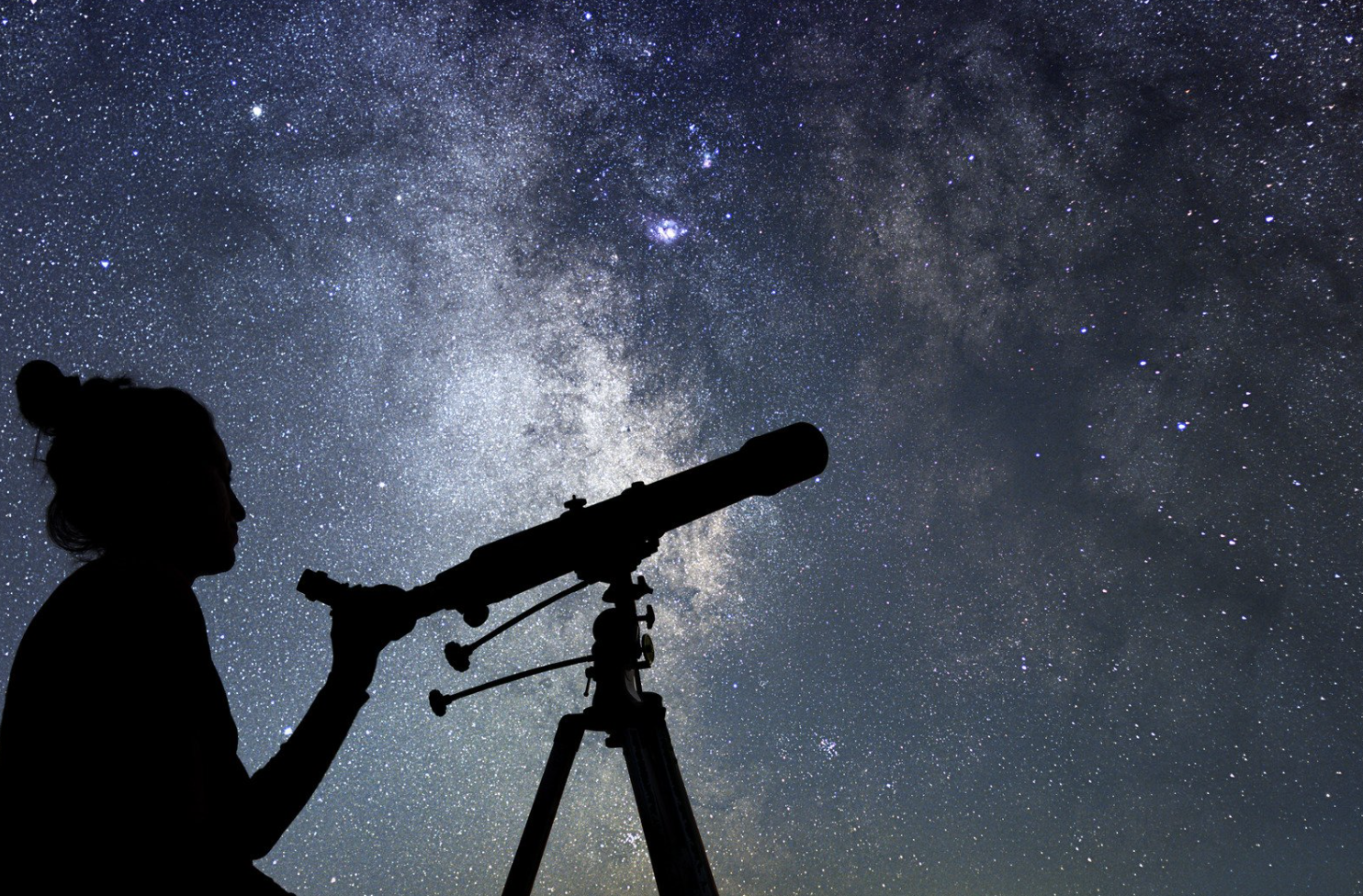In an exciting development for the field of astronomy, the National Science Foundation (NSF) and the Simons Foundation have announced co-funding for two pioneering AI research institutes dedicated to astronomical sciences. This initiative aims to enhance our understanding of vast astronomical data, making it more accessible and intelligible across several partner universities.
Each of the newly established institutes will receive $20 million over five years, equally funded by the NSF and the Simons Foundation. This funding is part of the NSF’s broader effort to expand its network of AI institutes, which now totals 26 across the nation. David Spergel, president of the Simons Foundation, highlighted the potential of these institutes, stating, “Astronomy has incredibly rich and open data sets and is poised for more deep and profound inquiry. AI offers novel tools that can use this data to produce transformative results and develop applications in other fields.”
The first institute, NSF-Simons CosmicAI, will be led by The University of Texas at Austin in collaboration with several key institutions, including NSF NOIRLab, the National Radio Astronomy Observatory, the University of Utah, the University of Virginia, and UCLA. This institute aims to streamline traditionally labor-intensive processes in astronomical research, such as data processing and the simulation of complex cosmic phenomena, including the intricate chemical processes occurring within stars. A key goal is to democratize access to astronomical data through the development of an AI-based assistant that can deliver precise answers to scientific inquiries.
The second institute, NSF-Simons SkAI, will be spearheaded by Northwestern University in partnership with The University of Chicago, the University of Illinois Urbana-Champaign, the University of Illinois Chicago, and the Adler Planetarium. This institute is set to tackle complex challenges in astrophysics and astronomy across a spectrum of cosmic scales, exploring topics ranging from the physics of exotic objects like neutron stars and black holes to galaxy formation and the influence of dark matter and dark energy on the universe.
Both institutes are committed to empowering researchers at every career stage by providing access to reliable AI tools that can facilitate innovative research projects, leveraging all available published astronomical data. A major focus will also be on training and education for early-career researchers and students. Over the next five years, the institutes will implement various outreach initiatives to share their advancements and cultivate a workforce skilled in AI-assisted astronomy.
These activities will include summer schools designed for high school students and teachers, as well as the creation of online courses. These offerings will enable scientists and students nationwide to earn certifications in the rapidly evolving field of AI in astronomy.
The establishment of the NSF-Simons AI institutes marks a significant step forward in the integration of artificial intelligence within astronomical research. By harnessing the power of AI, these institutes not only aim to enhance our understanding of the cosmos but also to inspire and educate the next generation of researchers, ensuring that the field continues to evolve and thrive in the years to come.
Sources:
Adler, Madison. “National Science Foundation, Simons Foundation launch two AI institutes for astronomy.” FedScoop. 18 September, 2024. https://fedscoop.com/nsf-simons-foundation-launch-two-ai-institutes-astronomy/
News Staff. “New AI Institutes to Advance Astronomical Science.” Government Technology. 20 September, 2024. https://www.govtech.com/education/higher-ed/new-ai-institutes-to-advance-astronomical-sciences
News Staff. “NSF and Simons Foundation launch 2 AI Institutes to help astronomers understand the cosmos.” National Science Foundation. 18 September, 2024. https://new.nsf.gov/news/nsf-simons-foundation-launch-2-ai-institutes-help
Most Recent Posts
Explore the latest innovation insights and trends with our recent blog posts.













